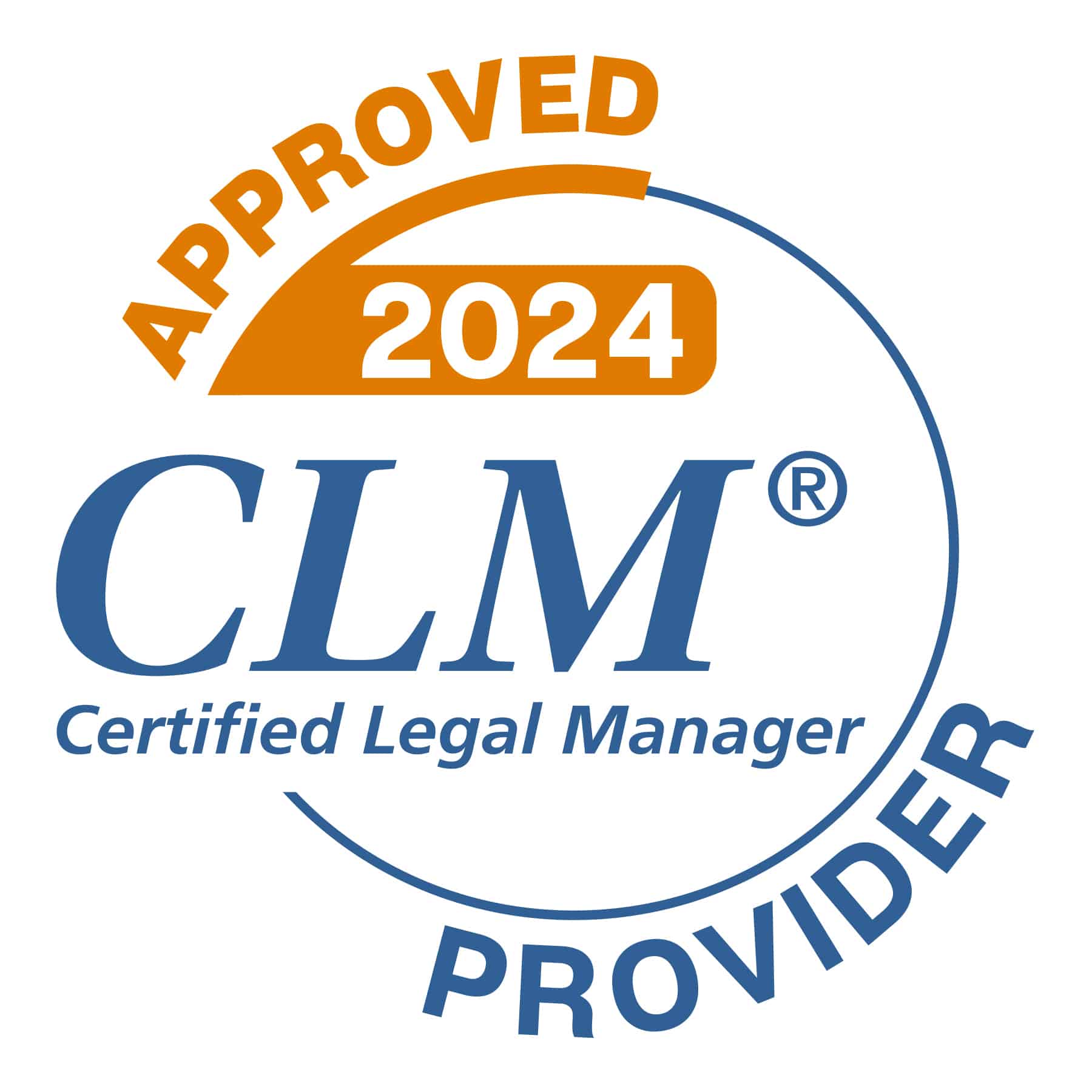Trust accounting can be one of the most challenging aspects of running a law firm. However, Stacey and Jay’s recent Lean Align webinar showcased how the Lean Law platform simplifies this process, making it easier for firms to manage trust accounts, streamline invoicing, and maintain financial transparency. Here’s a breakdown of the key insights and takeaways from their informative session.
Simplifying Trust Accounting with Lean Law
The webinar kicked off with Stacey and Jay discussing how Lean Law facilitates trust accounting. Key topics included:
- Clear Client Communication: Stacey emphasized the importance of transparent communication when requesting deposits into trust accounts. By setting expectations, clients are less likely to be confused or surprised.
- Customizable Email Templates: Lean Law allows firms to tailor email templates to reflect their branding and streamline the communication process. Features such as sender/recipient customization and keyword updates make the process seamless.
- Streamlined Invoice Configuration: Adjusting configurations on a per-invoice basis ensures flexibility, while the platform’s tools simplify the process of sending trust requests.
This segment ended with a practical demonstration of how these tasks are executed in Lean Law.
Managing Client Invoices and Trust Accounts
Stacey took the lead in discussing the setup and management of client trust accounts, emphasizing how Lean Law helps ensure that funds are always available:
- Setting Up Trust Accounts: For clients who often pay late, a trust account ensures that sufficient funds are available to cover invoices.
- Trust Requests: Stacey walked through the process of sending a trust request to a client, including customizing the message and tracking sent emails.
- Automation: Lean Law’s system automatically creates accounts under the trust liability category for new clients, reducing manual effort.
- Email Status Tracking: Stacey clarified the meaning of different email statuses, like “mixed,” which indicates varying levels of client interaction.
This section also provided a glimpse of the trust request experience from the client’s perspective, complete with payment links for convenience.
Handling Credit Card Payments and Trust Accounts
Clients paying via credit cards or ACH can sometimes complicate trust accounting. Here’s how Lean Law and its integration with Confido Legal streamline this process:
- Credit Card Rewards: Stacey explained how firms can use business credit card rewards to fund trust accounts.
- Surcharging: In certain states, firms can pass credit card surcharging fees to clients, although this doesn’t apply to ACH or debit cards.
- Confido Legal Integration: Lean Law’s partnership with Confido Legal simplifies credit card processing, ensuring funds are correctly allocated to trust and operating accounts.
- QuickBooks Integration: Stacey demonstrated how to update trust balances and pay invoices from trust within QuickBooks.
These tools ensure firms can handle payments efficiently while staying compliant with trust account regulations.
Trust Account Deposits and Branding
Stacey explored how Lean Law supports firms in tracking trust and operating account deposits, adjusting payment link settings, and maintaining cohesive branding:
- Tracking Deposits: Firms can manage multiple trust accounts while ensuring payments are deposited correctly.
- Branding Options: Customizable branding allows firms to maintain their identity across all client communications, including payment links.
- Flexibility: Firms can reset branding settings to default or adjust them as needed.
Jay added a note that the system currently supports deposits into only one operating account, which is important for firms to keep in mind.
Venmo Billing and Surcharging Insights
Jay shared a personal anecdote about paying a lawyer through Venmo—a practice he found unprofessional. This segued into a discussion about professional billing workflows:
- Surcharging Options: Stacey clarified that Lean Law enables surcharges for credit and debit card transactions, which can be passed on to clients.
- Transaction Fees: Confido Legal, though a separate entity, doesn’t charge a subscription fee. Instead, there’s a per-transaction cost, making it a flexible option for firms.
By ensuring professionalism in the billing process, firms can enhance client trust and avoid confusion.
Lean Law Workflow and Invoicing Benefits
To wrap up the session, Stacey and Jay highlighted the benefits of Lean Law’s lean-aligned workflow:
- Efficiency: This workflow simplifies invoicing, payment tracking, and client communication, leading to fewer client questions and improved transparency.
- User Control: While Lean Law integrates with QuickBooks, it doesn’t touch the actual bank account, leaving full control with the user.
- Cost-Effective: The workflow is included in all Lean Law subscriptions at no additional monthly fee.
The discussion ended with a Q&A session, during which Stacey reiterated that Lean Law’s goal is to align law firms financially with their clients while reducing administrative burdens.
Final Thoughts
The Lean Align webinar demonstrated how Lean Law can transform trust accounting from a complex challenge into a streamlined process. By leveraging Lean Law’s tools, firms can maintain compliance, improve client communication, and enhance financial transparency—all while saving time and reducing stress.
For more insights, check out Lean Law’s blog and webinars, including topics like law firm management and client retention. If you missed this session, the recording will be available soon, so stay tuned!



